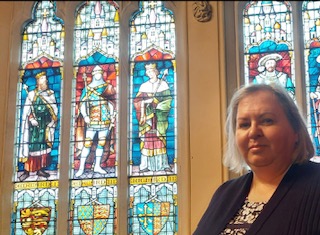This week should be much shorter because the main feature is the presentation by Kieron Hoyle to the Kent History Postgraduates group. Otherwise, I’m going to mention several events that will be coming up over the next month or so, as well as a few other matters the Centre is involved in.
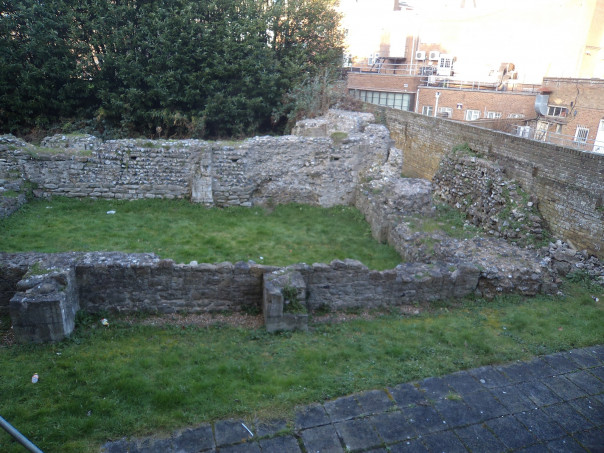
This has meant I have attended meetings recently for the Fellowship of St Thomas More – annual lecture on 6 July; St Dunstan’s church ‘Big Plan’ committee; as well as met Alice Brockway, Inspector of Historic Buildings and Areas (Kent), to discuss Maritime Kent – we are having a follow-up meeting with others including Dr Anthony Firth later this month. Additionally, there is a Lossenham Project wills group meeting this week, and next week I have a Friends of Canterbury Archaeological Trust committee, and I’m meeting up with Louise Knight (Eastbridge) in conjunction with the Beaney regarding the loan of exhibition materials to Eastbridge. Moreover, Dr Diane Heath will also be in contact with Louise about creating another Green Dragon, this time in the Franciscan Gardens.
Now to begin the events’ round-up, I thought I would mention the Photography Workshop that will take place on the afternoon of 14 May as part of Kent Archaeological Society’s archaeological excavations at Lees Court Estate. The Centre is also involved through Peter Joyce and the workshop will be led by Julie Bramble, Forensic Osteoarchaeologist and Lecturer in Forensic Investigation at Canterbury Christ Church University. Students can join KAS for nothing and if any students or KAS members are interested, please email outreach@kentarchaeology.org with Photography Workshop in the subject line.
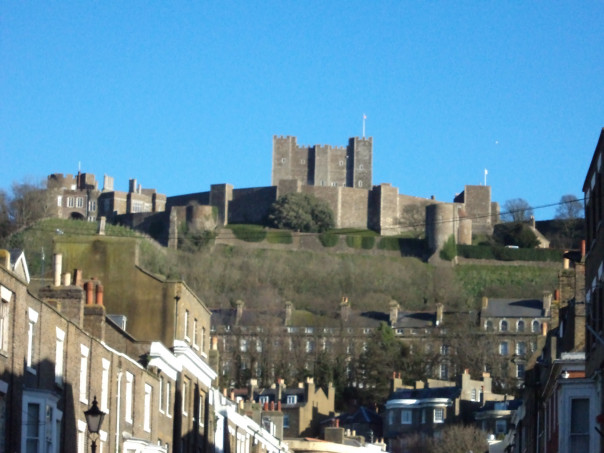
For those in Canterbury, Dr Martin Watts recently gave a presentation to the Canterbury branch of the Historical Association entitled ‘Canterbury and the Baedeker of 1942’ at the King’s School, while next month on 1 June Professor Kevin Ruane will discuss ‘The Special Relationship at War: Britain, America and the Korean War, 1950–53’. This will take place in The Michael Berry Lecture Theatre, Old Sessions House, CCCU starting at 7pm.
Returning to May, I’m giving a presentation to the Friends of St Mildred’s for the benefit of church funds on Friday 19 May at 7.30pm the topic is ‘Plays, Pageants and Processions in early Tudor Canterbury’. For further details, see posters about Canterbury and if this sounds interesting do come along (tickets £7 on the door).
Then on the following Monday and Tuesday (22 and 23 May) there is a split site two half-day conferences at the Kent History & Library Centre, Maidstone, and at the University of Kent. Kaye Sowden and I are involved with this because it features the Dering Manuscript of the ‘Dover Custumal’, Kaye speaking on the Dering connection, while I’ll look at Dover and the Cinque Ports. Once I have more details, I’ll let you know, but among the other speakers is Professor Nicholas Vincent, who was Professor of Medieval History at CCCU several decades ago. This will be followed on the Wednesday with my presentation on the place of St Mary’s hospital (the Maison Dieu) in medieval Dover. This will start at 7.30pm at Dover Museum in the Community Cinema, for bookings see: St Mary’s hospital: the place of the hospital in medieval Dover – Maison Dieu history talk by Dr Sheila Sweetinburgh (maisondieudover.org.uk) .
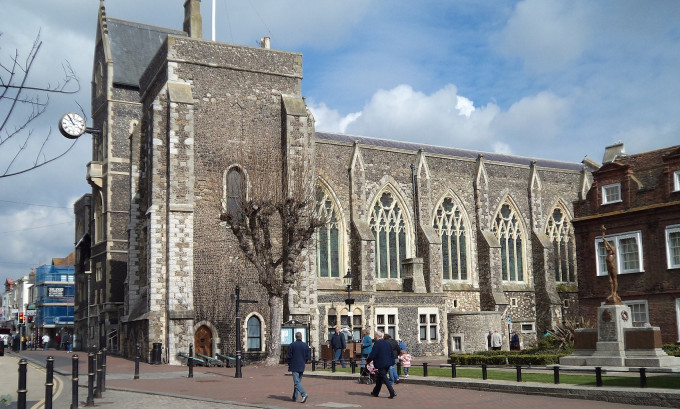
Staying in Dover, the Kent History Showcase organised by KAS and hosted by Dover Museum and the Maison Dieu will be on Saturday 3 June. Among those present will be CKHH and Diane Heath’s NHLF-funded ‘Medieval Animals Heritage’, as well as Professor Carolyn Oulton’s and Michelle Crowther’s ‘Kent Maps’. Under the theme ‘Journeys’, this will also feature other locations in the town in addition to Dover Museum and the Market Square. As Martin Crowther said, “It’s shaping up to be an exciting and action-packed event!”
Hopefully you can see that we have plenty going on in the next few weeks and beyond early June there is far more including Diane’s Medieval Animals conference, Canterbury’s Medieval Pageant with its theme of ‘medieval animals’ this year – remember the ‘dragon’ baseball caps. Those at the Centre are similarly working on the exhibition of the Rochester Bestiary, and Dover’s ‘Working with Wills’ workshops and exhibition entitled ‘From Cradle to Grave: living, working and dying in medieval Dover’, that, following further allocation of money to CCCU, will draw on funds from Research England. This is great because it offers opportunities to draw in undergraduates and postgraduates into the university’s research, knowledge exchange and impact activities that in time will help form part of Christ Church’s KEF narrative.
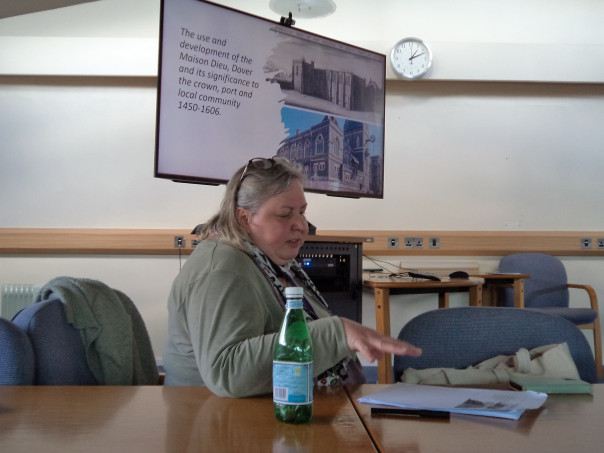
For the remainder of this blog, I’m now turning to Kieron’s presentation and, yes, we are back in Tudor Dover! Setting the Maison Dieu at the centre of a web of interconnecting players comprising the crown, town, Calais and the port of Dover, Kieron began by identifying the key features of each of these and how they took on multiple roles through their various interactions. Moreover, she thinks matters such as exploring Dover’s role as a member of the Cinque Ports, its position as the first line of defence, especially after the fall of Calais, the two-way movement of people, goods and ideas between London and Dover via Canterbury and overseas, and the importance of kinship networks will all be crucial in her study of the role and place of the Maison Dieu in Dover society.
Next Kieron went through the issues she sees as requiring specific research for the harbour – its uses and problems and how these changed over time. The relative importance of coastal and overseas trade, and within the experience of coastal trade the ports visited by Dover ships, the cargoes transported and the networks of merchants and mariners these connections engendered. Within this the role of Calais and its hinterland is extremely significant because those living there had to be supplied from England, Dover playing a major role in this trade.
Moving on to the crown, Kieron talked about what she knows about the castle garrison and how this varied, as far as she can tell, but this is something she wants to pursue further. Other inter-related themes within this will include the role of pageantry involving those entering or leaving Dover, the political agenda behind such displays and the relative positions of castle and town – physically and symbolically. Thus, Kieron sees crown – town relations as being a tangled web with the Maison Dieu having attachments to both which required, at times, careful adjustments by, for example, the personnel at what had been the pilgrim hospital and became the victualling yard for the navy. Kieron, too, looked at what this transformation would have meant in terms of the buildings, the medieval survivors and the commissioning of new (Tudor) workshops and other buildings. Indeed, Kieron is not sure what documentary sources she will have for such changes and whether archaeology will provide more of the answers, either from the Dover Maison Dieu excavations led by Keith Parfitt, or comparatively using findings from excavations at the London victualling yard from the same period.
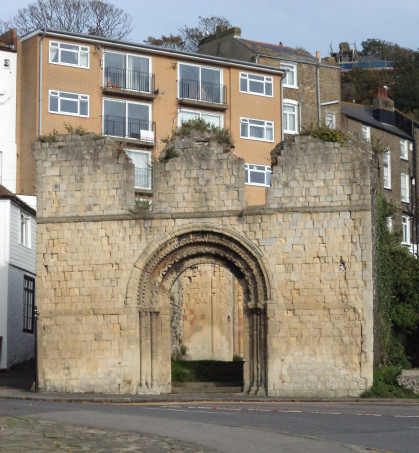
Kieron spent some time discussing Dover’s maritime community, the role of fishing, ferrying – crucial because of the issues of deposition through longshore drift which stopped large ships from entering the harbour, the skills of the master mariners, the role of pilots and the longevity of the ferry guild. This led her into thinking about the late Tudor harbour works, and how they differed from Henry VIII’ improvements, both physically and in terms of their political impact on the town and how this affected the civic authorities. She thinks Thomas Andrewes, mayor in the 1580s will repay special study.
In response to her presentation both those in the room and online posed several questions and offered helpful comments which engaged with specific points as well as more generally on researching – spread and depth – at this level. Thus. Kieron felt it had been an extremely useful exercise at this relatively early stage in her doctoral project, and people had been extremely interested to know what she had discovered about the Maison Dieu and its place in Dover Tudor society.
 Centre for Kent History and Heritage
Centre for Kent History and Heritage Sheila Sweetinburgh
Sheila Sweetinburgh 1660
1660